Goal: Link energy with electrical quantities
Source: 283 – energy in capacitor
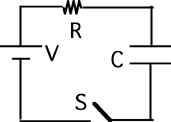
Consider the following circuit. The capacitor is uncharged when switch S
is closed at t = 0. After current stops flowing and the capacitor is
fully charged the energy stored in the capacitor is:
- V^2^/R
- CE^2^/2
- QV/2
- V/RC
- none of the above

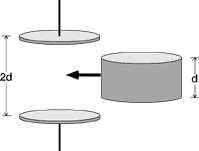
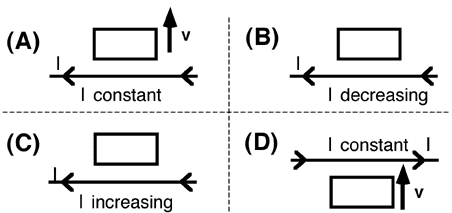
 , for the
, for the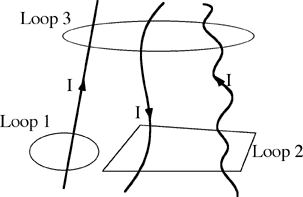
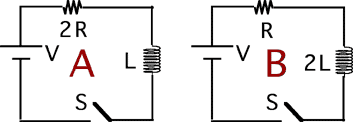
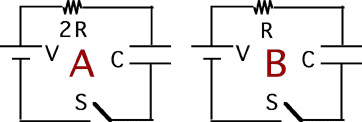
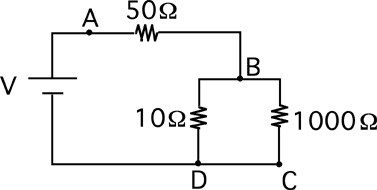



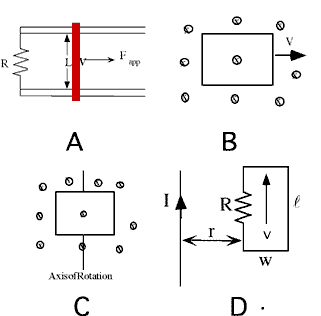
Commentary:
Answer
(3) The intent of this question is to provide students the opportunity
to distinguish a correct but uncommon form for the stored energy from a
number of other familiar forms.